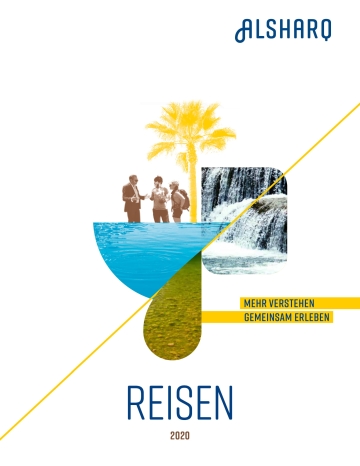It is thursday night, a weekend day in Saudi Arabia. Four of us have been invited by a young woman who Jannis met during a cultural event in a private residence a few days before to visit her at a friend´s place in a compound. After we have finally mastered our last official appointment and convinced our tenderly caring attendant Turki that it is not a suicidal act to take a taxi at night in Jeddah, we leave the city towards the north. Due to the traffic jams that often occur on the weekend and the taxi driver´s lack of geographical knowledge we reach the compound only shortly before midnight. Already outside of the compound we experience a sight we would not have expected to find in Saudi-Arabia. Only few of the women are veiled, furthermore especially teenage girls wear quite revealing clothes showing a lot of naked skin. Many boys are dressed in shorts and armless shirts as if they were partying in a Ibiza or Mallorca.
Getting into the compound turns out to be a tricky task. The entrance is guarded by security men; walls and barbed wire make it impossible to enter elsewhere. Every visitor needs an invitation from one of the residents in order to enter. We don´t seem to be on this ominous list and are therefore in the first instance rejected. After having talked talked once more to our friend, let´s call her Samira, we are finally let in. Inside the compound we see our suspicion confirmed that this place is a luxury upper-class spot. On the way to Samira´s friend´s appartment we pass landscaped swimming areas, parcs, an artificial heaped up beach, Lamborghinis and few open air bars. The appartment of Samira´s friend is located on the shore of a creek that provides the inhabitants of the compound and their motor yachts with direct access to the Red Sea.
Samira doesn´t seem angry that we are late for almost two hours. After having introduced ourselves to her friends she takes us on one more sightseeing tour through the compound. We learn that the compound has been built by Prince Bandar bin Sultan, the former Saudi ambassador to the US. In contrast to the other compounds in Jeddah the inhabitants are entirely Saudis and not wealthy foreigners from all over the world. According to Samira the people choose to live in guarded compounds because they can enjoy here more personal freedom, mostly visible in the way people dress. That said compounds are also the places where parties (even with the prohobited alcohol) are celebrated and where young people can meet in an easier atmosphere.
Because of that liberal atmosphere Samira spends most of her weekends at her friend´s place. She had lived for a long time in the US but was forced to return due to a fatality in her family. Back in Jeddah she is working for the American Consulate. She tells us that for her it is very difficult to accustom herself to the conservative way of life and personal restrictions in the kingdom. As a consequence she cannot imagine staying in Saudi-Arabia for a longer time. Another topic she criticises harshly is the role of the woman in Saudi-Arabia. The way many men treat their wifes leads her to the conviction never ever to marry a Saudi.
Our promenade eventually ends at the Marina Bar. The location looks perfectly like a club in Beirut or elsewhere. The young people are showing off with the latest fashion, often speaking this characteristic mix of English and Arabic in upper-class-circles within the Arab World and drink their (non-alcoholic) fruit cocktails. The extremely loudly played hit music makes any conversation impossible but unlike elsewhere nobody is dancing. We learn that this is a taboo that still has to be broken in (semi-)public locations. All of us are quite glad when we leave the cooled-down bar that has left us almost deaf. After having said goodbye to Samira we stroll for a last time through the compound and agree that this seemingly paradise-like ambiance must become boring within 2 or three days.
Christoph Dinkelaker
















